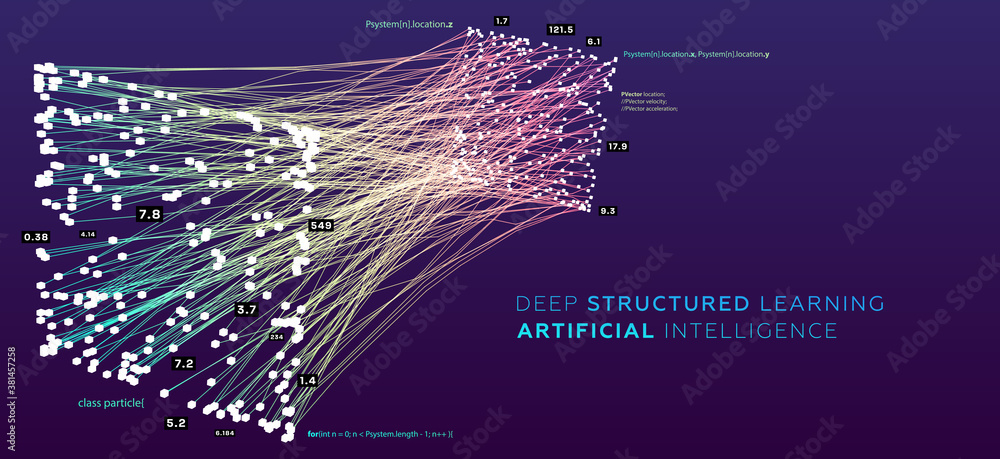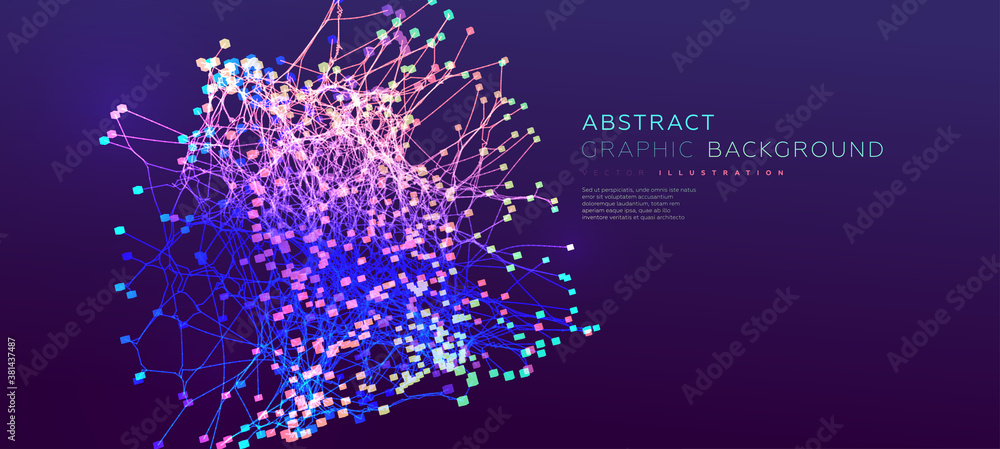
In the rapidly evolving landscape of artificial intelligence and data management, understanding the distinctions between knowledge models, ontologies, and knowledge graphs is crucial for organizations looking to implement effective knowledge management systems. This first installment of our series provides a foundational understanding of these concepts and their relationships.
Knowledge models are broad, conceptual frameworks that represent how information is organized, structured, and understood within a specific domain or system. They provide the foundation for how knowledge is captured, stored, and utilized, serving as the blueprint for information architecture.
Key Characteristics:
Ontologies are formal, explicit specifications of shared conceptualizations. They define the concepts, entities, and relationships within a domain, providing a common vocabulary and understanding that enables systems and humans to communicate effectively.
Key Characteristics:
Knowledge graphs are practical implementations that represent knowledge as a network of entities and their relationships. They store information in a graph structure where nodes represent entities and edges represent relationships, enabling complex queries and pattern discovery.
Key Characteristics:
Knowledge models serve as the foundation, providing the conceptual framework. Ontologies build upon this foundation by formalizing the concepts and relationships. Knowledge graphs implement these ontologies in a practical, queryable format.
The Flow:
While these concepts are distinct, they work together synergistically:
In healthcare, knowledge models define how medical information is organized, ontologies standardize medical terminology, and knowledge graphs connect patient data, treatments, and outcomes for comprehensive analysis.
Financial organizations use knowledge models to structure risk assessment frameworks, ontologies to standardize financial terminology, and knowledge graphs to detect fraud patterns and assess risk relationships.
Defense applications leverage knowledge models for operational planning, ontologies for standardized communication, and knowledge graphs for intelligence analysis and threat assessment.
Organizations should consider their specific needs when implementing these technologies:
Different technologies support different aspects of knowledge management:
Successful implementation requires:
While related, ontologies and taxonomies serve different purposes:
Knowledge graphs offer advantages over traditional databases:
As AI capabilities advance, these knowledge technologies will become increasingly important:
Emerging semantic technologies will enhance these capabilities:
This foundational article establishes the key concepts and relationships between knowledge models, ontologies, and knowledge graphs, setting the stage for deeper exploration of their practical applications.
Stay tuned for Part II, where we explore the practical application of these technologies in Department of Defense environments.

The defense sector is evolving rapidly with the integration of data science. With advancements in data technologies, data science has become crucial in shaping military strategy and operational decisions. Modern military strategy heavily relies on data-driven insights, predictive models, and real-time analysis to gain an advantage over adversaries.

Building on our foundational understanding from Part I, this second installment explores the practical application of ontologies, knowledge graphs, and knowledge models within Department of Defense (DoD) environments. We examine how these technologies address real-world challenges in military operations and defense systems.